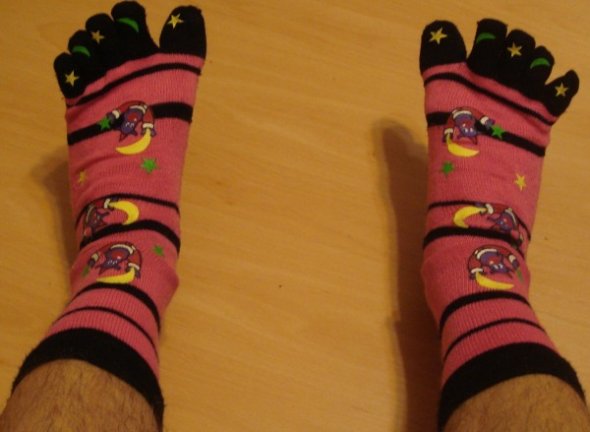Imitative Invention
Tony Sampson reviews Olga Goriunova’s Art Platforms and Cultural Production on the Internet
Although Goriunova's study of art platforms tips its hat to actor network theory and media ecology she endeavours to find a novel concept to ‘trip over’ and accordingly learn something new about the Web 2.0 creative experience. The book provides, as such, a fresh assemblage theory perspective on art collective practices that become organised around these dynamic
platforms. This approach offers the reader a significant insight into a shift from the databases and archives that preoccupied the curators of net.art to a complete rethinking of what it means to curate. It is not the practices of art preservation but the becoming of art that interests the author: how art reveals itself and speaks. Indeed, Goriunova encourages the reader to think beyond the hype of Web 2.0. The art platform is not a mere network of technical objects facilitating user generated content and unbridled participatory practices. This is a far too narrow and apolitical definition of what the web has become. No, this depiction needs to be supplanted and updated to grasp creativity as a kind of experiment in organisation: more process than a group of mutable and immutable objects. So, as is the tendency of assemblage theory, the art platform is encountered as a force of relation between creativity and the codes, sociality, angers, excitements, differences, repetitions and imitations that bring together cultural production.
Art Platforms provides a careful rendering of assemblage theory. It is not the case that Web 2.0 is like some randomly unfolding rhizome. This is not the democratic space of creativity envisaged by media theorists in the 1990s. Mixed in with the smooth movements of FLOSS and open source are the filters, managers and controllers of network space. So the question of what kind of organisation is at work here becomes central to the book. Goriunova argues that no longer can the organisation of art practices be regarded in terms of a curated event. This is a time of transformation and a need to rethink how things come together on a network. The outcome is rich in ideas drawn from among other unique sources the Tarde/Durkheim rift. That is to say, Tarde is put to good use by Goriunova as a way to escape the molar organisational forces of the Durkheimian social paradigm. No tired renderings of collective consciousness here then. Tarde is effectively moved forward, along with Deleuze, to grasp the microrelational amplification of creative invention online. The art platform is thus found at the mostly unconscious molecular level of the organisational aesthetic. As Goriunova argues, much of what is organised is coupled to the forces of imitation and repetition, and she charts how the intersecting imitation of invention leads to the emergence of new inventions. This approach alone offers a fascinating insight into the organisational aesthetic. No longer can it be regarded as some distinct end product or the outcome of a floating form imposing itself on matter. The organisational aesthetic is instead presented here as a monadological emergence of art production.
The book is strong on examples to support the theory. There are the intersecting inventions of Fuck.ru and Udaff.com. Gazira Babeli's work on Second Life provides an instance of the force of relation between artist, platform and amateur. Runme.org offers an insight into software saturated domains in which code opens up the curation of relationships established between artist and platform to novel potential. Then there is Dorkbot: an art platform that both affects and is affected by a geeky public. Dorkbot assembles amateur inventors sharing experiments in reverse engineering, circuit tinkering, low budget robotics, and a little high art. By linking geek to geek, Dorkbot thus assembles potentials, possibilities and participations.
Goriunova concludes by seeing creativity as something that is not simply about freedom. Assemblages are as much about capture as they are escape. On one hand, the ersatz openness and promises of user participations of Web 2.0 are clearly fit for rampant capitalism. On the other hand though, they emerge in a chaosmosis: a space where amateur creativity can become a line of flight that escapes the grip of the deceptively marketised network. The real strength of Goriunova's Art Platforms though is its focus on the creativity of amateurs. The new media amateur is indeed difficult to curate, but equally hard to avoid. What Goriunova does in fact, in exacting assemblage theory mode, is explode the binary distinction made between the amateur and the professional and in doing so presents a valuable grasping of the organisational aesthetic online.
Dr Tony D Sampson <t.d.sampson AT uel.ac.uk> is Senior Lecturer and Researcher at the School of Arts and Digital Industries, University of East London
Info
Olga Goriunova, Art Platforms and the Cultural Production on the Internet, New York, London: Routledge, 2012. 162 pages. Hardback: 978-0-415-89310-7: £80.00
Mute Books Orders
For Mute Books distribution contact Anagram Books
contact@anagrambooks.com
For online purchases visit anagrambooks.com







